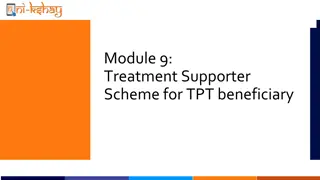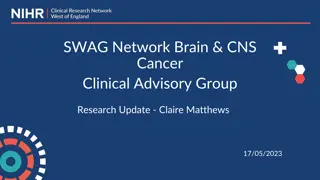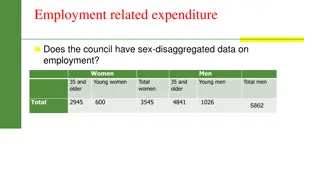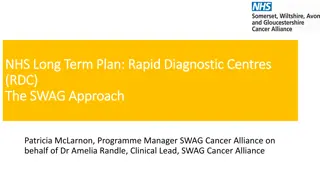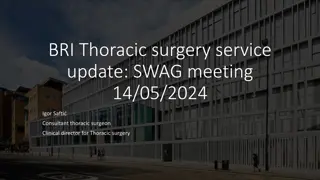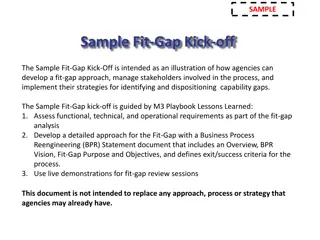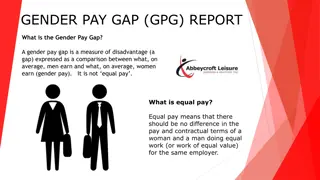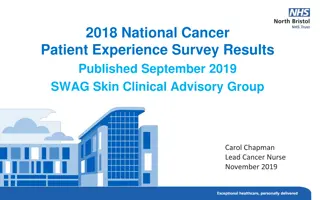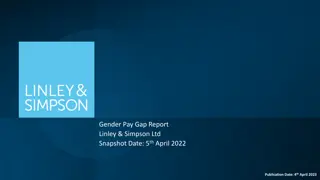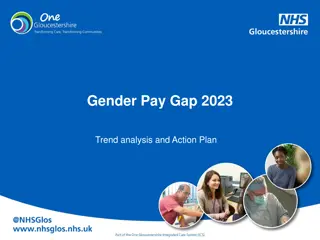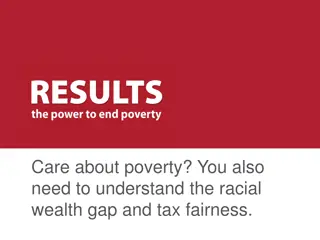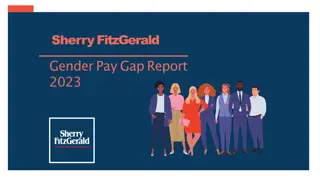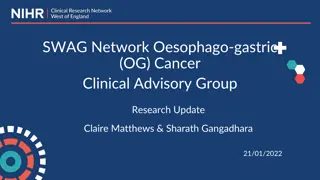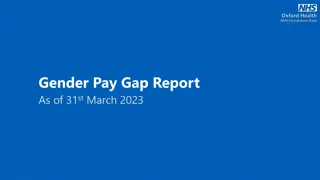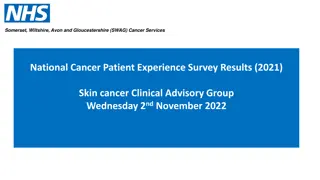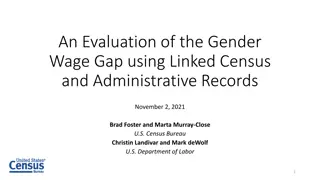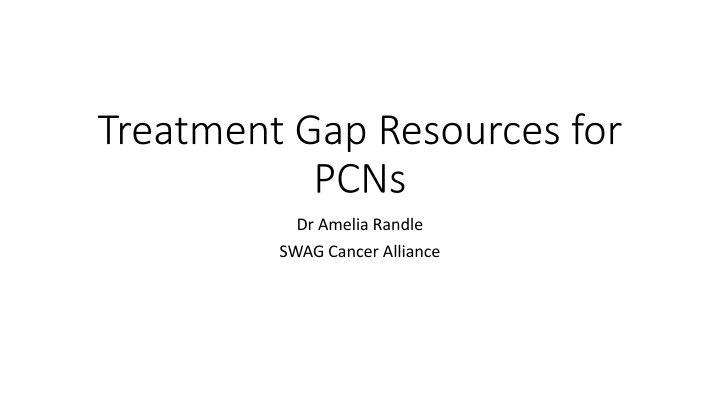
Closing the Treatment Gap: Resources for PCNs and Urology Referral Pathways
"Explore the additional referrals required by STPs and urgent referral pathways in various medical specialties, based on the number of referrals seen during the pandemic. Learn about the estimated shortfalls and proportions in cancer diagnosis referrals. Figures and insights from internal NHS England modeling provide key information."
Download Presentation

Please find below an Image/Link to download the presentation.
The content on the website is provided AS IS for your information and personal use only. It may not be sold, licensed, or shared on other websites without obtaining consent from the author. If you encounter any issues during the download, it is possible that the publisher has removed the file from their server.
You are allowed to download the files provided on this website for personal or commercial use, subject to the condition that they are used lawfully. All files are the property of their respective owners.
The content on the website is provided AS IS for your information and personal use only. It may not be sold, licensed, or shared on other websites without obtaining consent from the author.
E N D
Presentation Transcript
Treatment Gap Resources for PCNs Dr Amelia Randle SWAG Cancer Alliance
Additional Additional referrals required by STP and urgent referral pathway, referrals required by STP and urgent referral pathway, + + including including baseline increase (rounded to the nearest 10) baseline increase (rounded to the nearest 10) Breast Gynae H&N Lower GI Lung Skin Upper GI Urolo- gicial All others All BNSSG 880 650 560 1830 230 3440 520 1180 140 11120 1300 1210 1470 2130 290 4810 980 2110 290 14590 Somerset 520 400 560 740 190 1350 330 720 80 4880 810 730 1130 930 240 2010 590 1270 150 9450 BSW 190 410 220 950 140 1290 320 670 140 4320 610 850 910 1230 190 2170 700 1400 260 8330 Glos 0 170 300 590 120 1530 230 630 100 4350 210 440 830 760 150 2100 569 1210 200 6450
Figures based on: the number of referrals seen since the beginning of the pandemic: at STP level, taken from Cancer Waiting Times data (to March 2021). the resulting shortfall against estimated baseline: where the baseline is based on each STP s 2019 referral levels by referral pathway, adjusted for a) projected national rates of increase in incidence and b) national long-term trends towards more urgent referrals relative to other routes to diagnosis (from internal NHS England modelling). the estimated proportion of the shortfall in referrals that might still be seen in 2021/22, based on internal NHS England modelling which has taken into account: whether the shortfall consists of a smaller number of patients with long delays to presentation, or a larger number of patients with shorter delays; the likelihood of patients having symptoms which will have resolved themselves, meaning referral is no longer required normally around 7% of people referred urgently are diagnosed with cancer; the number of patients who may have died from COVID or other causes; the proportion of cancer diagnoses to referrals in 2020-21 this grew during the early stages of the pandemic; and, the proportion of patients with cancer who are likely to have been diagnosed through other routes.

